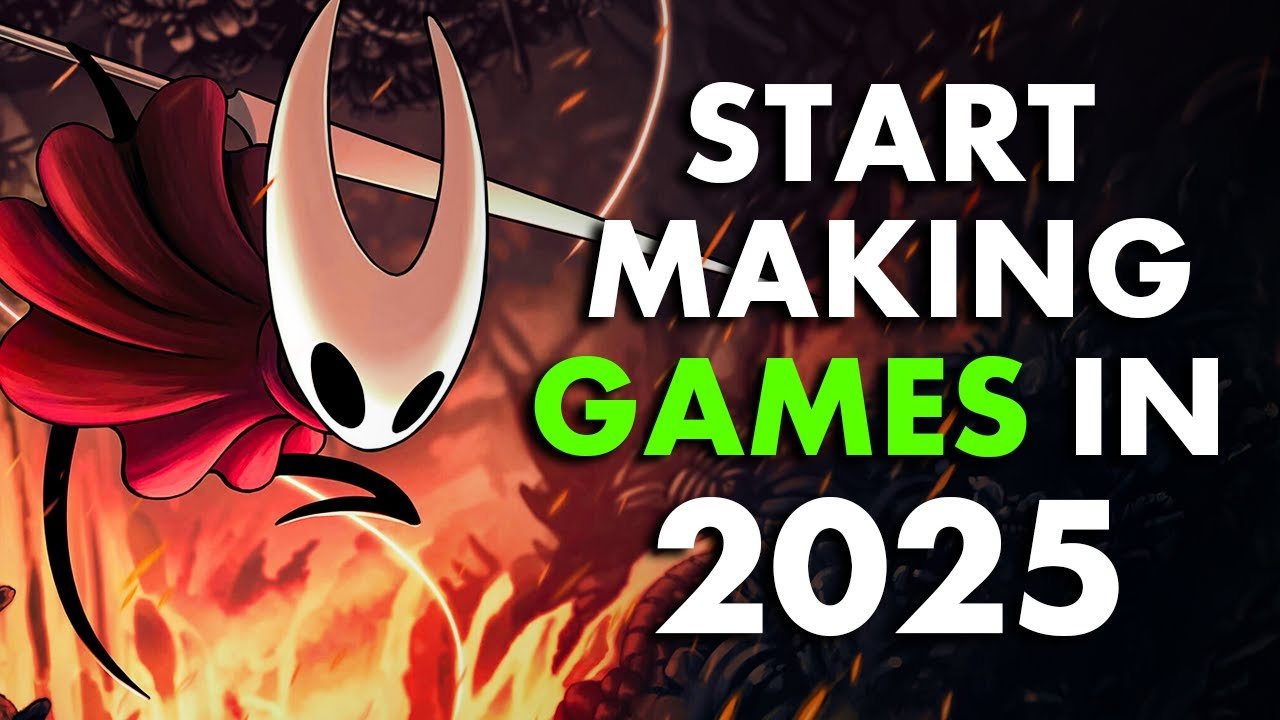Introduction: The Changing World of Game Development

Game development has evolved rapidly in recent years. In 2025, it combines creativity, advanced tools, artificial intelligence, and player feedback. From top AAA studios to indie teams in India, developers now follow smarter and faster workflows.
This article will explore the full process of modern game creation. It will also highlight how Indian developers are shaping the future of gaming.
Step 1: Pre-Production – Where Ideas Are Born
Conceptualizing the Game
Every game starts with a concept. This includes the story, world, gameplay style, and goals. Designers create sketches and rough outlines before anything is coded.
Game Design Documents (GDDs)
GDDs are the roadmap for the entire team. These documents explain game mechanics, characters, levels, and progression systems.
Prototyping in Cloud-Based Game Engines
Today, teams use cloud-powered game engines like Unity and Unreal Engine 5. These allow developers from all over the world—including India—to work together in real time.
Also Read Must-Try Minecraft Mods for Every Gamer in 2025 (Especially for Indian Players)
Step 2: Development and Core Mechanics
Programming the Gameplay
Coders build the logic of the game. This includes player controls, AI behavior, combat systems, and physics. Languages like C++, Python, and C# are commonly used.
Using Game Engines for Efficiency
Engines like Unreal Engine 5 and Unity power most of the games you play today. They support cross-platform development—essential for Android, iOS, PC, and consoles.
AI Integration for Smarter Systems
Artificial intelligence helps build smarter non-player characters (NPCs), realistic enemy behavior, and even personalized missions based on how players act.
Step 3: Art, Animation, and Sound Design
Building the Game World
Game artists create 3D environments, textures, and props. Photogrammetry and AI-assisted tools help designers generate lifelike settings quickly.
Character Design and Motion Capture
Characters are modeled, rigged, and animated. Motion capture is used to record real human movements for a natural look and feel.
Sound Effects and Voice Acting
Every footstep, explosion, and dialogue line is carefully crafted. Indian games now include regional languages, making the experience more relatable for local players.
Step 4: Testing and Debugging
Quality Assurance (QA) Testing
Before release, QA testers play the game repeatedly. They find bugs, glitches, and balancing issues that need fixing.
Automated Testing with AI Bots
Modern studios also use AI bots to simulate thousands of player actions. This speeds up the testing process.
Balancing Gameplay Elements
Developers adjust weapon power, skill cooldowns, and enemy difficulty to ensure fair and fun gameplay.
Step 5: Game Publishing and Launch
Choosing the Right Platforms
Games are launched across multiple platforms—PC, console, and mobile. Cross-platform play is very popular in India now, especially for games like BGMI, Free Fire, and Fortnite.
Marketing and Social Media Buzz
Developers create trailers, host live events, and offer pre-order bonuses. Influencer campaigns on YouTube and Instagram are vital for Indian audiences.
Early Access and Beta Testing
Some games offer early versions to players for feedback. This helps developers fix issues and add features before the full release.
Post-Launch: Live Services and Updates
Live-Service Games Are the Norm
Popular games now run on live-service models. They offer regular updates, seasonal events, and in-game purchases.
Adding New Features Post-Launch
Developers use analytics to track what players like or dislike. They add content like new maps, skins, or game modes based on this data.
Community Feedback and Patch Updates
Player communities are active on Discord, Reddit, and forums. Their feedback helps developers release patches that improve gameplay.
Game Development in India – Rising Power
Indian Indie Studios Making Waves
Games like Raji: An Ancient Epic show how Indian developers are entering global markets with strong storytelling and cultural roots.
High Demand for Game Developers in India
There is a huge demand for skilled programmers, artists, testers, and designers in India’s game industry. More colleges now offer game design courses too.
Localization and Regional Gaming Content
More games are including Hindi, Tamil, Telugu, and Marathi voice-overs and subtitles. This helps them connect better with Indian audiences.
Future Trends in Game Development
Virtual Reality (VR) and Augmented Reality (AR)
Games are becoming more immersive. VR and AR technology is growing in India, especially in metro cities.
AI-Generated Content in Games
AI now creates levels, characters, and stories. This saves time and increases creative possibilities.
Sustainable and Ethical Development
Studios now try to reduce carbon footprints by using eco-friendly cloud services and energy-efficient servers.
Summary: Why Understanding Game Development Matters
Game development in 2025 is a mix of art, coding, AI, and community input. Indian studios are now part of global projects, using tools like Unreal Engine 5 and Unity.
From creating characters to testing final builds, every stage needs collaboration and skill. As Indian players demand high-quality games, local developers are stepping up and delivering world-class titles.
FAQs: Game Development Explained
Q1: What is the role of a game designer?
Game designers plan the game’s rules, levels, and overall experience.
Q2: Which tools are best for game development?
Unreal Engine 5, Unity, Blender, and AI tools like ChatGPT and Midjourney are commonly used.
Q3: Is game development a good career in India?
Yes. It offers jobs in art, coding, sound, and marketing. Many Indian studios are now globally recognized.
Q4: How long does it take to make a game?
Small indie games may take a few months. AAA games often take 2–5 years to develop.
Q5: What skills are needed to become a game developer?
You need creativity, programming knowledge, teamwork, and a passion for gaming.










